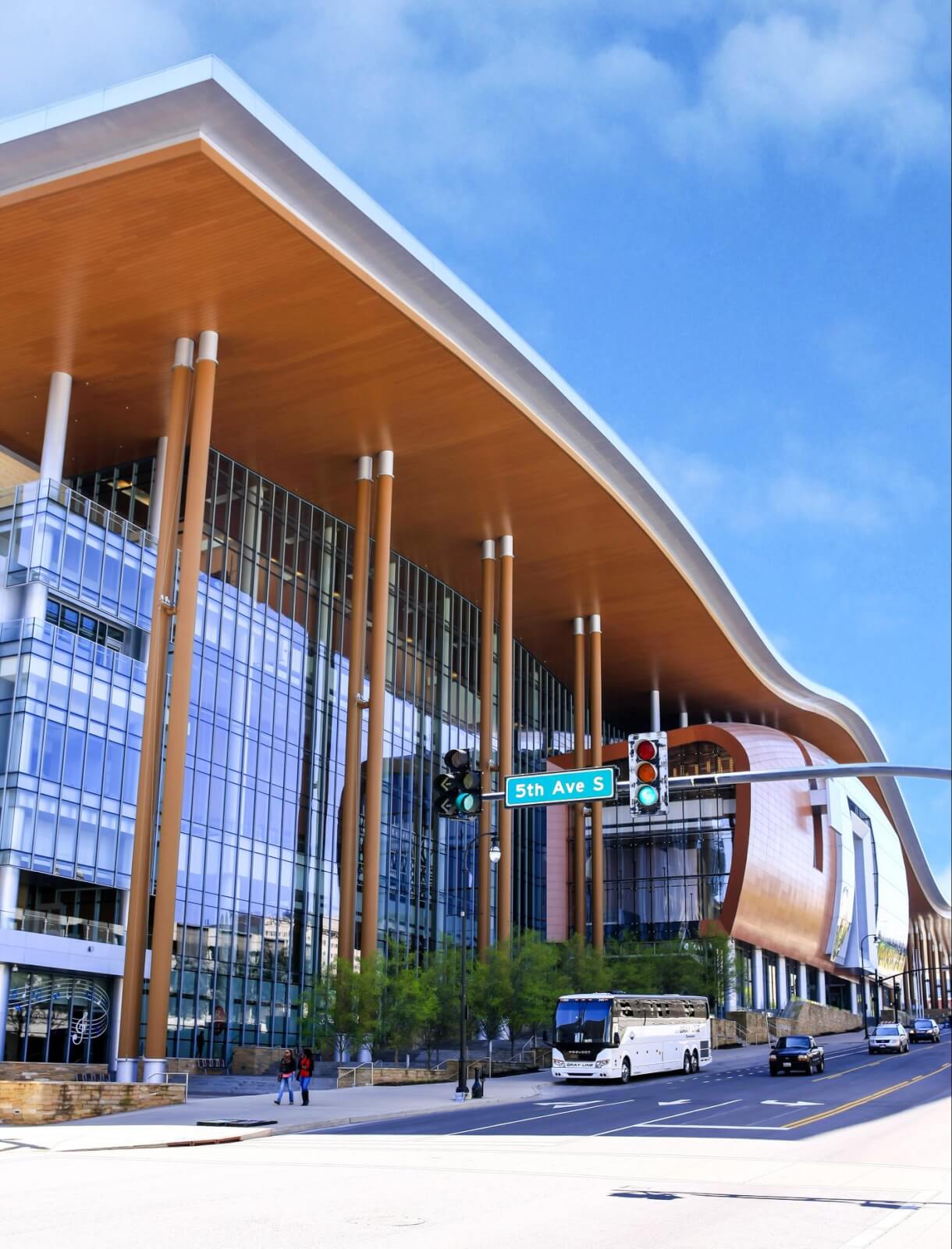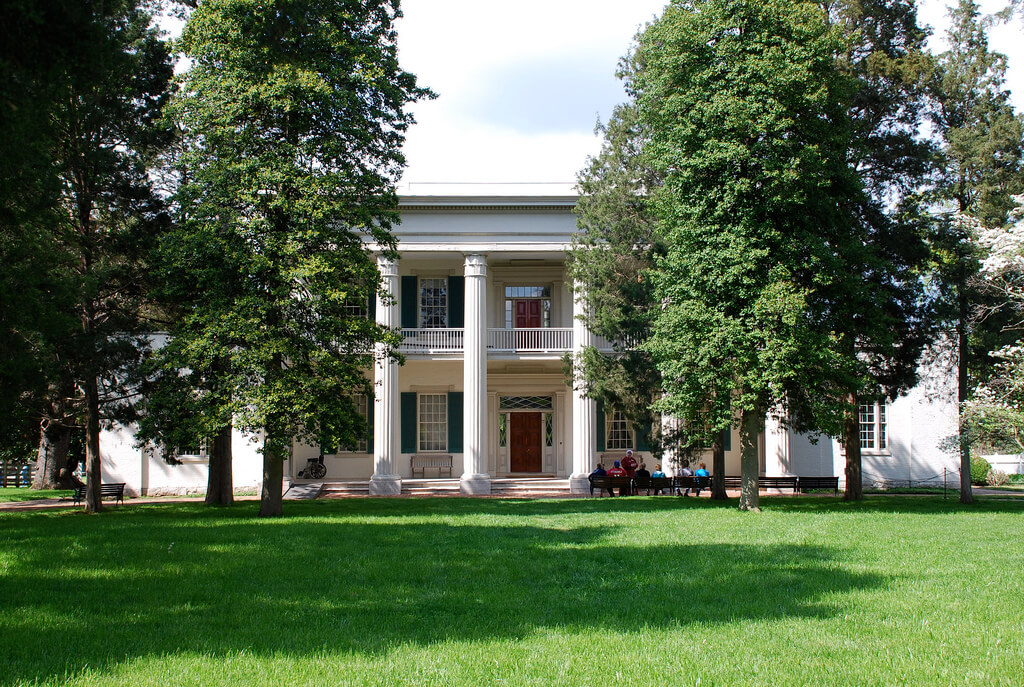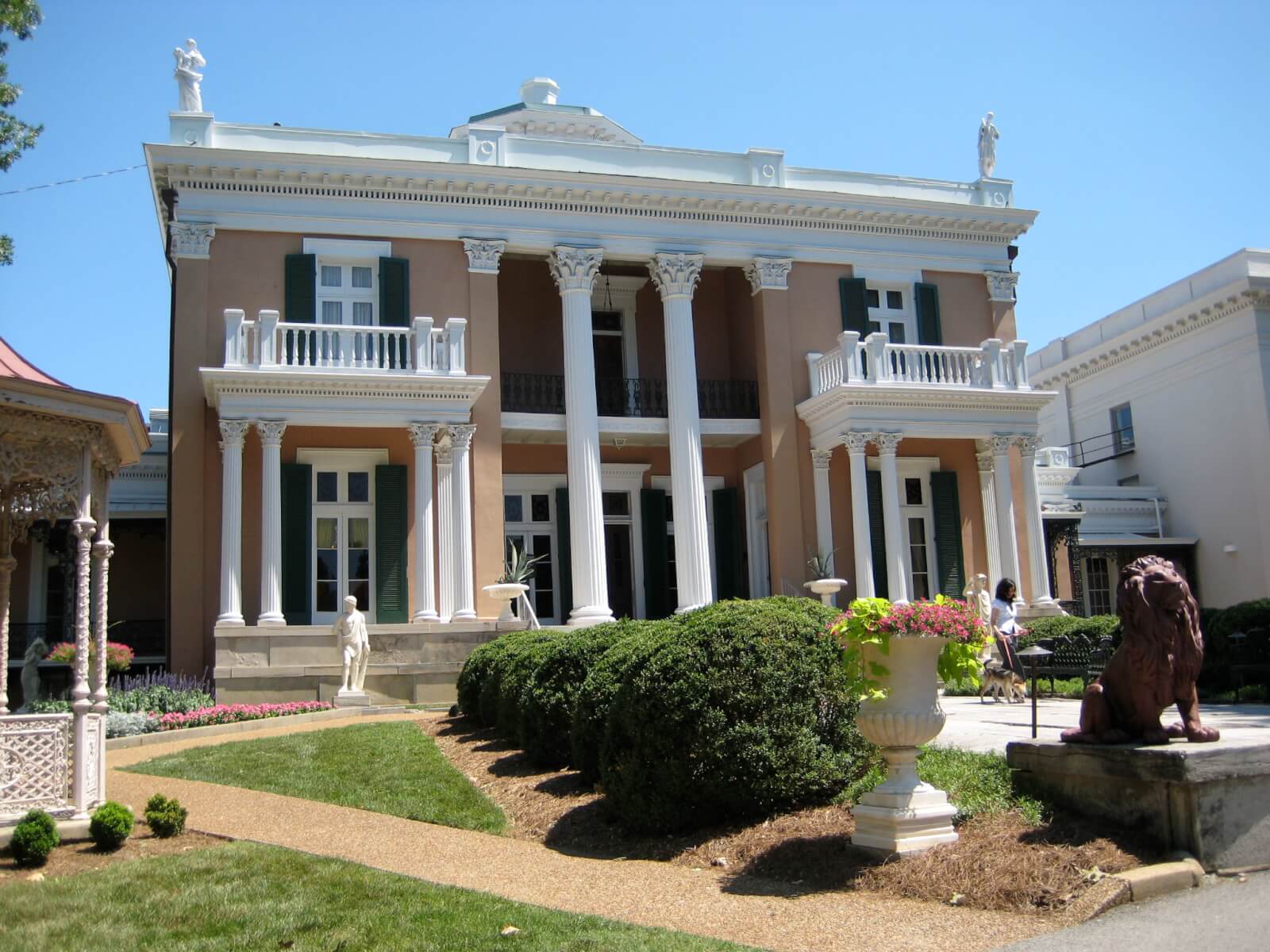The streets of Nashville definitely have some interesting quirks. First, there’s the quaint way that locals refuse to correctly pronounce French names like Lafayette (opting for “Luh-FAY-it”) or Demonbreun (usually something like “duh-mum-brum.”) Some streets inexplicably change names without warning, allowing you to travel from Highway 70 to Harding Pike to West End to Broadway without making a single turn.
But, some of the most fascinating aspects of Nashville streets are the historical stories behind their naming. Who is Granny White, and why does she deserve a Pike? And, what’s the real story behind the naming of Love Circle?
Today, we look at some of Nashville’s most famous residents and the all-too-familiar streets named after them.
Ridley Wills II is a beloved Nashville historian, the winner of the Tennessee History Book Award in 1991, and the author of almost 30 books — primarily histories of Nashville and biographies of the city’s residents. His family’s personal history stretches back generations in Nashville, so Ridley is uniquely qualified to research and share stories of the city’s streets, which he has done in his entertaining book Nashville Streets and Their Stories, published in 2012.
Wills spent hours searching through the Metro Nashville Archives and interviewing scores of families for the entertaining details behind the naming of the streets — streets you likely drive on every day. Ridley and his family have been kind enough to let us share some of these stories with you, but if you want to find out more, check out a copy from your local library or seek it out at your favorite bookstore.

James Robertson Parkway, Charlotte Pike, Demonbreun
It’s no surprise that city founders typically have the earliest roads named after them, and Nashville is no exception. Founding father James Robertson has a Parkway named after him, and his wife Charlotte got her own Pike and the small town that the road led to. Timothy Demonbreun was a French-Canadian fur trader and early explorer of the region who lived in a cave perched above the Cumberland River. New residents struggling to pronounce his street probably wish he’d moved a little closer to Murfreesboro.

Donelson Pike, Rains Avenue, Old Hickory Boulevard, Hermitage Avenue + others
John Donelson was a co-founder of Nashville along with Robertson, and Donelson Pike runs from south of the airport to the suburb that also bears his name.
Another founder you might not have studied in 8th grade Nashville History class was Captain John Rains, who built a fort in 1784 that surrounded a spring in South Nashville. Nearby Rains Avenue is named in his honor.
Without a doubt, the recipient of the most local street name honorifics is the seventh president of the United States, Andrew Jackson. His nickname “Old Hickory” is emblazoned on the longest Boulevard around Nashville, and his name also appears as part of a Parkway, a Street, a Boulevard, and once on an old Military Road that stretched from Nashville to New Orleans. The Military Road still exists in Columbus, Mississippi, where it crosses the Tombigbee River. His estate, The Hermitage, is the name of a Nashville suburb and a downtown Avenue. Jackson’s wife, Rachel, is the namesake of a short Drive near the airport, and his adopted son from the Native American Creek tribe, Lincoya, lends his name to a Court and a Drive in the Lincoya subdivision of Donelson.

Briley Parkway, Ellington Parkway
Other Parkways in town are named in honor of more local politicians — Briley Parkway after the first mayor of Metro Nashville, Beverly Briley, and Ellington Parkway after Buford Ellington, the only man to serve non-consecutive terms as Tennessee’s governor in the 20th century.
D.B. Todd Boulevard, Bontemps Drive, Vivien Thomas Way
Nashville has also recognized several African-American leaders throughout history with the naming of roads. Among them are Dr. Vivien Thomas, the president of Tennessee A & I University from 1943 to 1968; Dr. D.B. Todd Jr., the first African-American cardiovascular surgeon in Nashville who performed the first open-heart surgery at Meharry in 1972, and Bontemps Drive after Arna Bontemps, an American poet, writer, and member of the Harlem Renaissance, who became the head librarian at Fisk University in 1943.
Rosa Parks Boulevard, Rep John Lewis Way, Dr. MLK Jr. Boulevard
More recently, stretches of 8th Avenue, 5th Avenue, and Charlotte Pike have been renamed in honor of Rosa Parks, Rep. John Lewis, and Rev. Martin Luther King, Jr., respectively.
Cargile Lane (and Road), Sedberry Road
Our city also has a few fun stories about streets named after civilians. Cargile Lane and Road in West Meade are both named for Neil Cargile, a celebrated son of Nashville. He was famously profiled in The New Yorker in 1995 for his penchant for preferring to wear evening dresses instead of tuxedos to formal events at the Belle Meade Country Club. (Author’s note: “High Heel Neil,” as he was jokingly known by accepting friends at the Club, also gave his name to the street I grew up on, Neilwood Drive.) Cargile’s understanding wife, Eleanor Sedberry Allen, was recognized with Sedberry Road in West Meade.
Love Circle
Before a certain country music star built a huge home on top of Love Circle and spoiled all the fun, the Vanderbilt-area aerie was a popular spot for young lovers to share a little affection out of the prying eyes of the public. While the name provided an excuse for smooching, it was actually named for John W. Love, who sold the property to the city in 1926 to build a reservoir.
Belmont Avenue, Acklen Avenue, Adelecia Street
Much of the area around Belmont is named after a single-family, Joseph Acklen, and his wife, Adelecia. The couple built Belmont Mansion and later sold the property to become the home of a girls’ academy, then later Ward-Belmont College and Belmont University. Belmont, Acklen, and Adelecia appear on multiple street signs surrounding the university.

Granny White Pike
And you didn’t think we’d forget about Granny White, did you?! Lucinda “Granny” White was more than 70 years old when she purchased fifty acres of land on the Middle Franklin Turnpike in 1803 from a man named Woolsey Warrington. There, she ran a tavern for travelers that Missouri Senator Thomas Hart Benton declared in an official proclamation from the US Senate floor had “the best brandy, the best pancakes, and the cleanest beds of any tavern on the road.” That’s quite a legacy.
So the next time your GPS tells you to take a right turn on a Nashville street, take a minute to think about where that name might have come from. Or, grab a copy of Ridley Wills’ book and bone up on a little local geographic history.
All photography provided unless otherwise noted.
Looking for more fun history behind Nashville street names? Check out our article from 2016: The History Behind 12 of Nashville’s Most Well-Known Street Names.
**********
Subscribe to StyleBlueprint for a Life of Style + Substance!



















